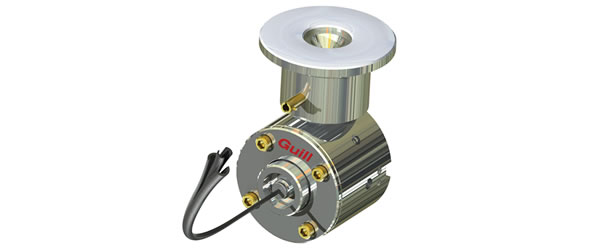
Hybrid extrusion tooling
Guill has introduced of a new version of its 800 Series — the 800 Series Hybrid.
In some extrusion applications that utilize crossheads and in-lines, layers of the same material are applied multiple times, using a single die. This method is used to reduce errors caused by gels breaking through a thin wall, weld lines, inconsistent wall thickness, and material and process variations. Other considerations include difficult-to-process materials and demanding applications where there is zero fault tolerance.
Aiming to design a multi-layer die to overcome these problems, the engineers at Guill looked for a way to incorporate the technology into an updated version of the 800 Series. This led to the creation of the 800 Series Hybrid. The benefits of the 800 Series are retained, including its compact design, low residence time and a common deflector bore that eliminates tolerance stack up.
The challenge was to create a hybrid design that incorporates the benefits of layer overlapping, while reducing unnecessary complexity. This was achieved by overlapping layers in each semi-deflector, using a single cone. The company states that the efficient design of the 800 Series Hybrid reduces cost and size, compared to other methods of overlapping layers.
Benefits of the 800 Series Hybrid include eliminating weld lines in materials through patented overlapping technology, producing a more consistent finished product; reduced sensitivity to changes in viscosity; reduced sensitivity to changes in line speed; low residence time; compact design; and a low tolerance stack-up error factor. The unit can work in all tubing and jacketing applications with a wide range of materials.
Conventional deflectors must simultaneously achieve a balance between flushing, balancing and eliminating the weld line. Overlapping layers are more balanced than single layers, and each semi-deflector is tuned to flush.
There is less difference between the slowest moving material and the fastest moving material in the deflector channels, making the viscosity more consistent in the deflector.



